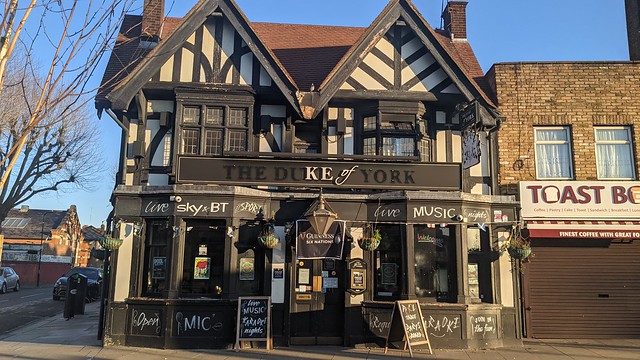The title is a line taken from the novel Mrs Dalloway written in 1925 by Virginia Woolf. I read it after seeing the film The Hours, a story of how the novel affects three generations of women, three times in a row on a flight from Tokyo so it made an impression on me in a number of ways!
In relation to my own work I connected to the novel in part because of its setting in central London, but more so through the style of writing, the personal thoughts of individuals woven into their experience of a day in the city.
The photographs of mine that arrest me most are those in which the figures passing through the frame beg me to wonder what's on their minds: the mundane, the epic, the hope, the fear.
As I work in black and white, in a style that concentrates on moments of interaction between individuals and the fabric of the city, I am also drawn to the impression that it's sometimes a challenge to precisely place these images in a particular year or even decade.
For me these moments are a bond with the lives of Londoners coming to terms with the new experience of a rapidly changing London in the 1920s, around the time Mrs Dalloway was written, an experience we continue to encounter today.
The title is taken from a passage in the book that I particularly respond to:
For having lived in Westminster - how many years now? Over twenty, - one feels even in the midst of the traffic, or waking at night, Clarissa was positive, a particular hush, or solemnity; an indescribable pause; a suspense (but that might be her heart, affected, they said, by influenza) before Big Ben strikes. There! Out it boomed. First a warning, musical; then the hour, irrevocable. The leaden circles dissolved in the air. Such fools we are, she thought, crossing Victoria Street. For Heaven only knows why one loves it so, how one sees it so, making it up, building it round one, tumbling it, creating it every moment afresh; but the veriest frumps, the most dejected of miseries sitting on doorsteps (drink their downfall) do the same; can't be dealt with, she felt positive, by Acts of Parliament for that very reason: they love life. In people's eyes, in the swing, tramp and trudge; in the bellow and the uproar; the carriages, motor cars, omnibuses, vans, sandwich men shuffling and swinging; brass bands; barrel organs; in the triumph and the jingle and the strange high singing of some aeroplane overhead was what she loved; life; London; this moment of June.
loved; life; London is my first published book.
Comments welcome!







